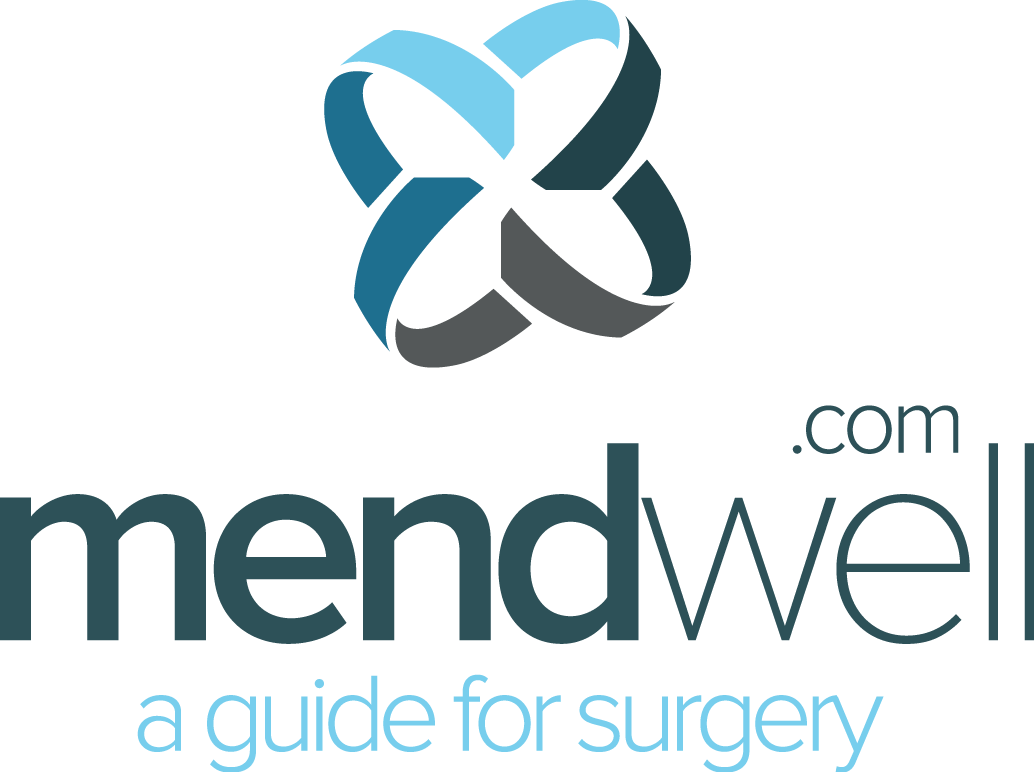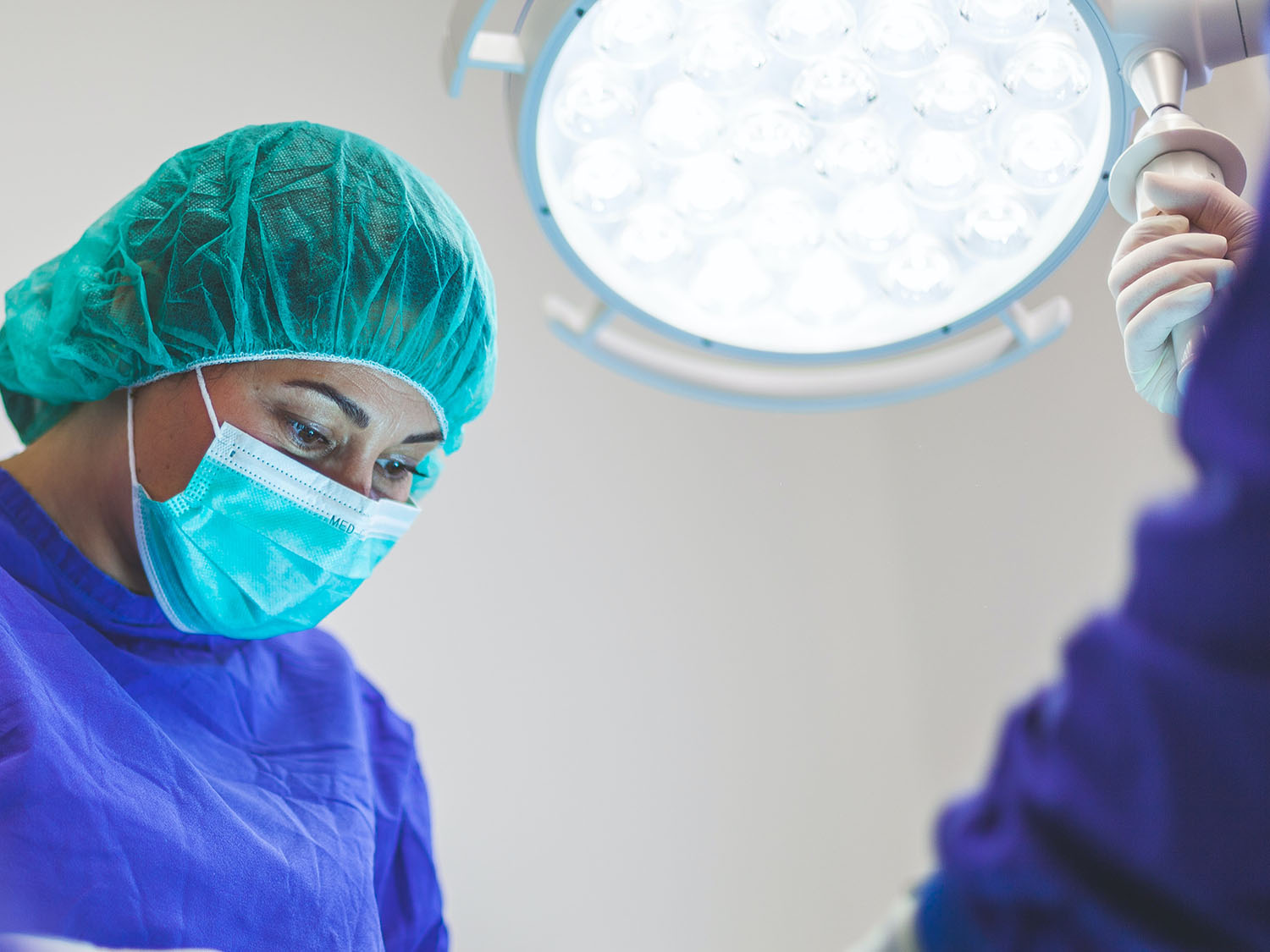Surgery for COVID-19 Patients: A Creative Method For Safe Procedures
The information in this post is accurate as of 5/20/20
We’ve been focusing hard on what preparing for, having, and recovering from surgery will be like now that it is clear that COVID-19 will have a long term presence in the global healthcare system. But what we haven’t been able to learn much about was what happens when a surgery patient actually has COVID-19.
Surgery for COVID-19 patients is a daunting subject; how does a medical team stay safe while providing the necessary, sometimes life-saving, care? Mercy Hospital St. Louis has gotten creative as they attempt to safely provide surgery for COVID-19 patients, especially open tracheostomies, (where a breathing tube is placed in the windpipe through an incision in the neck) which pose a significant risk for aerosolization of the virus.
As we’ve learned, these aerosolized droplets can remain in the air for several hours and make the spread of this highly contagious virus much more likely.
How is Mercy Hospital St. Louis handling surgery for COVID-19 patients?
- The OR team is brought to the ICU to prevent the patient from needing to travel to a different are of the hospital
- The number of staff in the room is limited to only the most necessary
- Additional staff support from another room using two-way video
- A plastic “bubble” fashioned from an OR biohazard bag is placed around the patient to prevent exposure to aerosolization of the virus
To view Mercy’s step-by-step process for high-risk surgery for COVID-19 patients in the “bubble” environment, click here.
We’ll continue to bring new updates to the way surgery is being prepared for and performed in our rapidly changing healthcare environment. In the meantime, browse the rest of our blog for surgery related content, or learn more about how COVID-19 is affecting surgery as we know it. And remember to keep protecting yourself and others from potential COVID-19 exposure.


